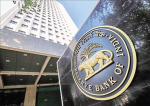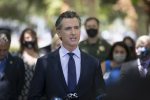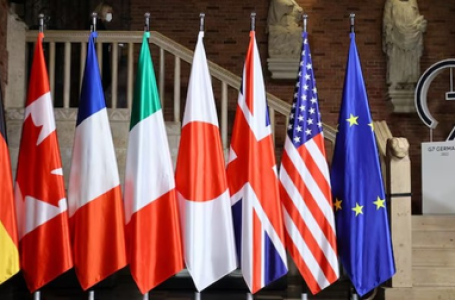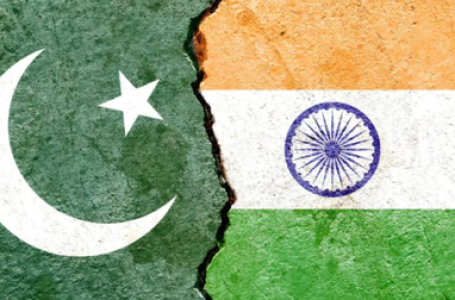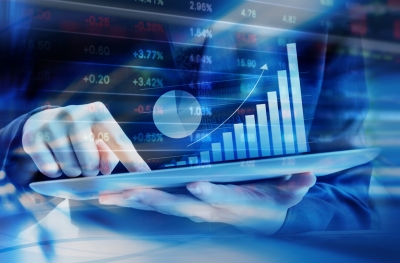
The colours of Holi this year will probably fail to touch the economy. The trajectory of the economy, as shown by the results of the third quarter of the current fiscal year (2022) indicate more gloom, and not colours, for many quarters now.
India’s GDP grew at just 4.4% in the quarter ending December 2022. According to PTI, the former Reserve Bank of India Governor Raghuram Rajan has not only described the figure ‘worrying’, but has also commented that India is ‘dangerously close’ to the ‘Hindu rate of growth’.
According to Rajan, among the factors bringing down India’s growth rate are ‘subdued private sector investment, high interest rates and slowing global growth’. Nothing new in it, as these points have already been highlighted by many experts, India’s growth rate that was 9.1 percent in last financial year (2021-22) is likely to come down around 7 percent in the current financial year (2022-23), and experts like Rajan estimates the GDP growth to go down below 6%, and possibly be around 5%, in the next financial year (2023-24).
The slowdown in the current year is now obvious as the first and second quarters had shown respectively 13.2 and 6.3 (in comparison with the same quarters of last year) growth. Further slip will really bring it closer to Hindu growth rate, a term first used in 1982 by a prominent Indian economist, Raj Krishna, to banter India’s average growth rate of around 3.5 per cent from 1952 till 1975.
We must do better, Rajan has commented. Truly so. Despite the compliments from the global experts about Indian economy’s resilience, at the end of the day what matters is how the economy fares from this Holi to the next one. That is important not only for the common folks, but for the present regime too, whose fate will be decided by the people in April-May, 2024.
At the moment, the major problem India is facing has been caused by inflation. Long before the advanced economies started suffering from the same malaise, India started hurtling towards the trap by imposing incredibly high rate of duties on petrol and diesel, which (particularly the latter) have a cascading effect.
The process started much before to compensate for revenue shortfall, and peaked during the Covid days, firing up inflation that crossed the tolerance level of RBI. This short-sighted policy will now have a long-term impact.
It means interest rates will remain high, and consequently private sector will not go for major new investments, thus impacting the growth story. With international headwinds curtailing our short-term export potentials, it will only add to the woes.
India’s average annual GDP growth rate between 1956 and 1975 was 3.4% and that was described as the Hindu rate of growth. However, between 1981 and 1991, India’s growth averaged 5.8%. It indicates that small reforms undertaken from the Emergency days were yielding results. Thereafter the economy started growing faster with real economic liberalisation.
It is not likely that the Indian economy will slip down to pre-1980 levels. But the experts have pointed out that in nine of the14 quarters since Q1 of 2019-20, India’s GDP growth rate was less than 4.5%., while most of the of the values higher than it came thanks to primarily a low base effect because of contraction of the economy during Covid-induced lockdowns in 2020-21. That is worrying.
Apart from people’s distress and its political fallout, one major question that we now face is whether India’s high growth story has ended. If it is so, then our dream of becoming a major global player will not be fulfilled in the foreseeable future. It has happened to Brazil and some other economies.
Krishnamurthy Subramanian, the youngest-ever Chief Economic Advisor to the Government of India serving from 2018 to 2021, and presently India’s Executive Director at the IMF, however has stated in a tweet: “GDP growth for FY23 is getting understated at 7% bcos of base revisions. If there were no base revisions, GDP growth for FY23 will be 8.3%. This is in a global economy struggling to grow at 2%, i.e. 4x higher, which is spectacular.” The present Chief Economic Adviser (CEA) V Anantha Nageswaran too has argued on the same line.
These of course are technical matters, and on the auspicious occasion of Holi we may hope that proving us wrong the economy will fare much better, and the Holi next year will be a much better one , particularly for the vulnerable sections of our populace. – India News Stream











